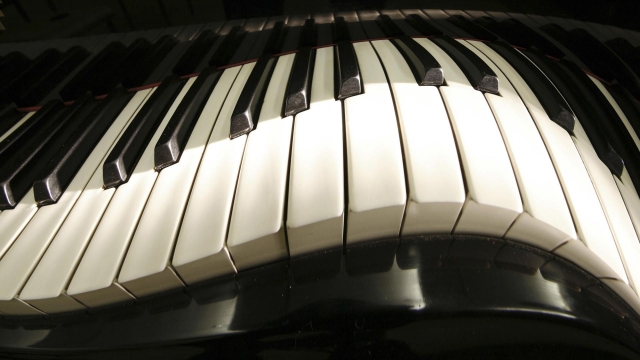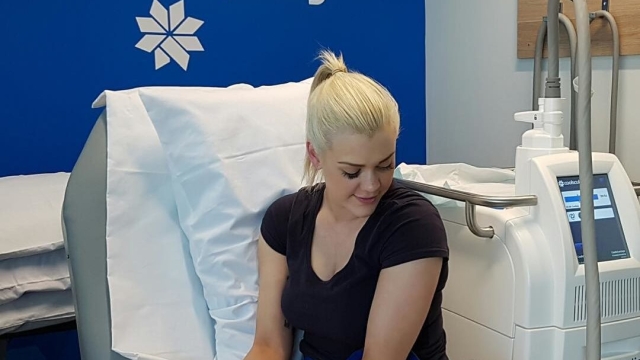In the vast realm of music, the piano has stood the test of time as a captivating and versatile instrument. Whether you aspire to have nimble fingers gracing the keys or simply wish to delve deeper into the enchanting world of piano music, the journey of piano learning beckons with its promise of discovery and growth. And now, with the advent of mixed reality technology, the path to mastery becomes even more immersive and transformative.
Mixed reality, a captivating blend of virtual and augmented reality, has paved the way for a groundbreaking approach to piano learning. By combining the power of technology with the elegance of the piano, learners are transported into a realm where imagination intertwines with reality. This captivating synergy sets the stage for an extraordinary journey, where the boundaries between the physical and virtual world blur, and the piano becomes a gateway to infinite possibilities. With every note played, every melody embraced, and every rhythm unlocked, the essence of piano learning takes on a newfound dimension, teasing the boundaries of what is possible.
The Evolution of Piano Learning
As the world continues to embrace technological advancements across various industries, the realm of piano learning has experienced its own noteworthy evolution. With the advent of mixed reality technology, aspiring pianists now have access to innovative tools and immersive experiences that enhance their musical journey.
Traditionally, piano learning involved hours of practice, studying sheet music, and receiving guidance from a teacher. While these methods are still prevalent today, the emergence of mixed reality has added a new dimension to the learning process. By integrating virtual elements into the real world, students can now interact with a virtual piano and receive instant feedback on their performance.
Mixed Reality
Mixed reality piano systems utilize cutting-edge technology to create realistic virtual pianos that simulate the touch and feel of a physical instrument. Through the use of specialized sensors and advanced algorithms, these systems can accurately track a learner’s hand movements and provide real-time visual feedback. This immersive approach to piano learning offers students a unique blend of traditional teaching methods and interactive virtual experiences.
One of the key advantages of mixed reality piano is its ability to offer personalized learning experiences. With the help of artificial intelligence and machine learning algorithms, these systems can analyze a student’s playing patterns, identify areas for improvement, and provide tailored exercises and lessons. This adaptive learning approach ensures that each student receives customized guidance, enabling them to progress at their own pace and overcome specific challenges.
In conclusion, the evolution of piano learning has been greatly influenced by the integration of mixed reality technology. From realistic virtual pianos to personalized learning experiences, this innovative approach has transformed the way aspiring pianists develop their skills. As we continue to unlock the harmony through the mastery of the piano journey, mixed reality opens up new doors of possibilities, allowing individuals to explore their musical potential like never before.
Exploring Mixed Reality in Piano Education
In recent years, the integration of mixed reality technology in piano education has revolutionized the way aspiring pianists learn and master their craft. By combining the virtual world with the physical instrument, mixed reality offers a unique and immersive experience that enhances the teaching and learning process.
One of the key benefits of mixed reality in piano education is the ability for students to visualize and interact with virtual piano environments. With the help of specialized software and hardware, learners can step into virtual concert halls or practice rooms, where they can receive real-time feedback and guidance. This not only helps in developing a deeper understanding of various playing techniques but also allows for a more engaging and interactive learning experience.
Another advantage of mixed reality in piano education is the opportunity it provides to learn from renowned pianists and educators from around the world. Through virtual masterclasses and tutorials, students can access a wealth of knowledge and expertise, regardless of their geographical location. This opens up new avenues for aspiring pianists to broaden their musical horizons and gain insights from the best in the field.
Furthermore, mixed reality offers a gamified approach to piano learning, making the journey towards mastery more enjoyable and captivating. By incorporating elements of gamification, such as challenges, rewards, and progress tracking, students are motivated to practice regularly and push themselves to achieve higher levels of proficiency. This blend of technology and education not only fosters a sense of accomplishment but also instills discipline and persistence in learners.
In conclusion, the integration of mixed reality technology in piano education has revolutionized the way students learn and excel in this timeless instrument. By providing an immersive learning experience, access to expert guidance, and a gamified approach, mixed reality has unlocked new possibilities in mastering the piano journey. Whether one is a beginner or an advanced player, the benefits of mixed reality in piano education are undeniable, showing great promise for the future of piano learning.
Unleashing the Potential: Benefits of Mixed Reality in Piano Learning
The integration of mixed reality technology in piano learning has revolutionized the way aspiring musicians master this beautiful instrument. By combining the virtual and physical worlds, mixed reality opens up a world of opportunities, providing several noticeable benefits for individuals on their piano learning journey.
Firstly, one of the key advantages of mixed reality in piano learning is the enhanced visual feedback it offers. Traditional methods often rely on visual cues from sheet music or a teacher, which can sometimes be complex to interpret. However, with mixed reality, learners can visually see the notes, finger movements, and hand positions in real-time, providing a more intuitive learning experience. This immersive visual feedback fosters a deeper understanding of the piano and helps learners refine their technique with greater precision.
Secondly, mixed reality in piano learning enables a gamified approach to practice. Instead of merely playing through exercises or pieces repetitively, learners can engage in interactive and personalized virtual environments. These environments can simulate various challenges, such as timing exercises or sight-reading drills, to improve specific skills. By gamifying the learning process, mixed reality makes piano practice more engaging and enjoyable, fueling motivation and commitment to regular practice sessions.
Lastly, mixed reality empowers learners to explore creative possibilities beyond their physical reach. With virtual keyboards and limitless sound variations, learners can experiment with different musical styles and compositions confidently. This encourages artistic exploration by providing a safe and non-judgmental space for learners to push their boundaries and develop their unique musical voice.
Overall, the integration of mixed reality in piano learning brings forth a myriad of benefits. The enhanced visual feedback, gamified practice, and limitless creative possibilities all contribute to unlocking the true potential of learners. With mixed reality technology, aspiring pianists can elevate their skills and embark on a fascinating journey towards mastery, like never before.


